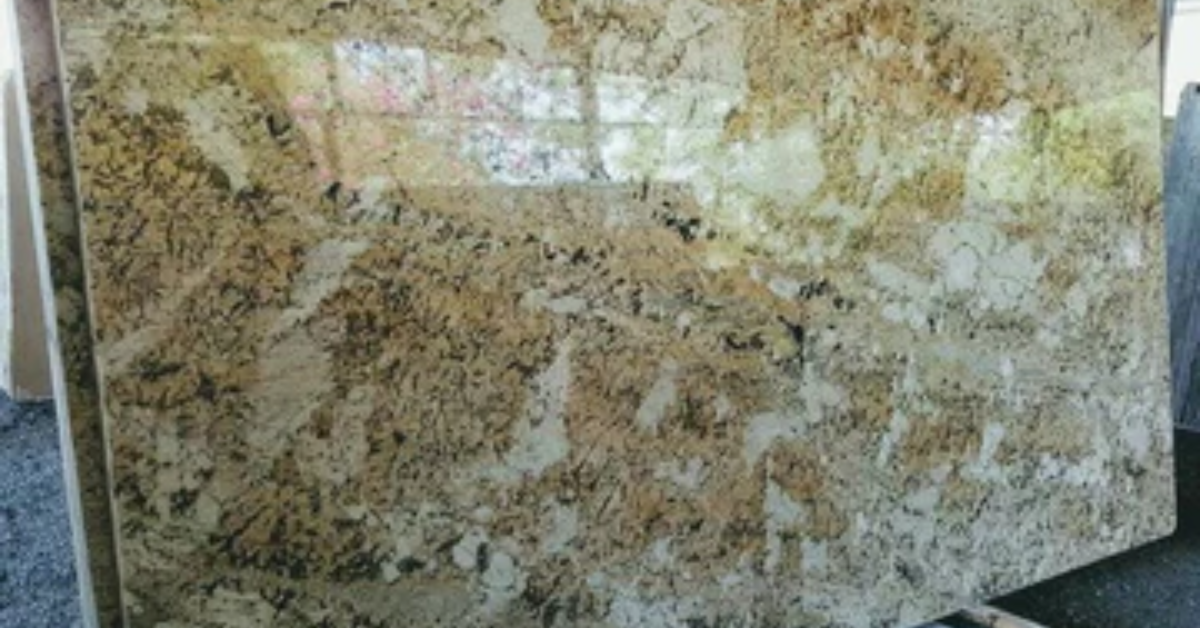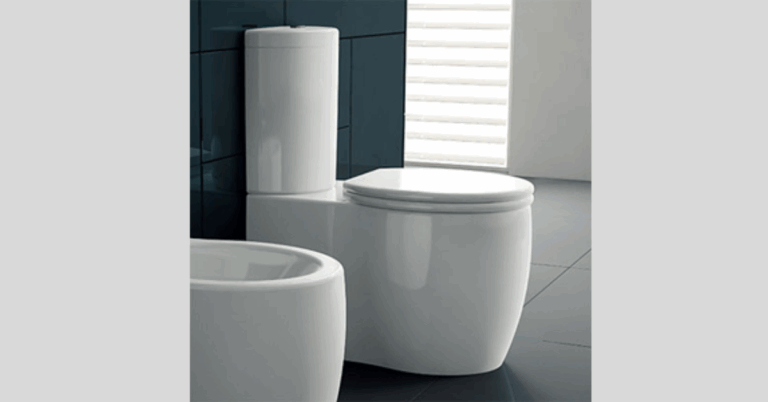Marble Stone Price: Understanding the Costs and Value of Marble
Marble stone has long been prized for its beauty, durability, and timeless appeal. Whether used for flooring, countertops, wall cladding, or decorative features, marble adds elegance and value to any space. If you’re considering marble for your home or commercial project, understanding the Marble Stone Price is crucial for budgeting and making informed choices. This article will explore the factors influencing marble stone price, types of marble, and how to get the best value when purchasing marble stone.
What Influences Marble Stone Price?
The marble stone price varies widely based on several key factors. These include the type and quality of marble, origin, size and thickness of the slabs or tiles, finishing, and market demand.
One of the biggest determinants of marble stone price is the type of marble. Premium varieties like Carrara, Calacatta, or Statuario command higher prices due to their rarity, unique veining, and superior quality. On the other hand, common types such as Makrana or Ambaji marble tend to be more affordable.
The origin of the marble stone also impacts its price. Imported marble from Italy or Greece is generally more expensive than locally quarried marble due to transportation, import duties, and brand reputation.
Slab size and thickness influence the marble stone price as well. Larger slabs with greater thickness cost more because they require more raw material and handling. Similarly, custom finishes like polishing, honing, or antiquing can increase the price.
Finally, market trends and demand affect marble stone price fluctuations. Popular colors and patterns can command a premium when supply is limited.
Types of Marble and Their Price Range
Marble stone price differs by variety. Here’s a breakdown of common types and their typical price ranges:
Carrara Marble: Known for its soft gray veining on a white background, Carrara marble is a popular choice for countertops and flooring. The marble stone price for Carrara generally ranges from mid to high, depending on slab quality.
Calacatta Marble: Calacatta is rarer and more luxurious, featuring dramatic veining and a bright white background. This variety tends to be on the higher end of the marble stone price spectrum.
Statuario Marble: Statuario offers a balance of elegance and subtle veining, and its marble stone price is usually premium due to its limited availability.
Makrana Marble: Widely used in India, Makrana marble is affordable and durable, making it a cost-effective option for various applications.
Onyx Marble: Though technically a different stone, onyx is often included in marble pricing discussions. It is priced higher due to its translucent and decorative qualities.
How to Calculate Marble Stone Price for Your Project
Calculating marble stone price for your project involves considering the cost per square foot or square meter, along with installation and finishing expenses.
First, determine the area where marble will be installed. For flooring or countertops, measure length and width to calculate the surface area. Multiply the area by the marble stone price per unit to get the material cost.
Next, factor in installation costs, which vary based on project complexity, location, and labor rates. Professional installation is critical to avoid damage and ensure the marble’s longevity.
Finally, include finishing costs if you want specialized textures or sealants applied to the marble surface.
By understanding these elements, you can better estimate the total marble stone price and plan your budget accordingly.
Tips for Getting the Best Marble Stone Price
Getting the best marble stone price requires research and smart shopping. Here are some tips:
Compare prices from multiple suppliers to ensure competitive rates without compromising quality.
Consider local marble suppliers to reduce transportation costs and get better deals.
Buy in bulk if possible, as larger purchases often qualify for discounts on marble stone price.
Request samples before buying to verify color, texture, and finish match your expectations.
Negotiate installation and finishing charges along with the marble stone price to avoid surprises.
Ask about warranties or guarantees that protect your investment in case of defects.
Marble Stone Price vs. Alternatives
While marble offers unmatched elegance, it is often more expensive than alternatives such as granite, quartz, or engineered stone.
Granite tends to have a lower marble stone price, offering good durability but with less consistent patterns.
Quartz surfaces provide a maintenance-free alternative with a comparable price but lack the natural veining of marble.
Engineered stones mimic marble appearance and come at a lower marble stone price, ideal for budget-conscious projects.
Choosing between marble and alternatives depends on your priorities for aesthetics, durability, and cost.
FAQ: Marble Stone Price
What factors determine the marble stone price?
The main factors include marble type, quality, origin, slab size, finishing, and market demand.
How much does marble stone price range per square foot?
Prices typically range from affordable 50 to premium 300+ per square foot, depending on marble variety and quality.
Is imported marble more expensive than local marble?
Yes, imported marble often carries higher marble stone price due to shipping and import costs.
Can I negotiate the marble stone price?
Many suppliers offer room for negotiation, especially on bulk purchases or installation services.
Does the marble stone price include installation?
Usually, installation is charged separately; always clarify the pricing details beforehand.
How do I maintain marble after purchase?
Regular cleaning with pH-neutral products and sealing the marble surface helps maintain its appearance and durability.
Is higher marble stone price always better quality?
Not necessarily; it’s important to check the slab’s finish, veining, and origin rather than price alone.
Final Thoughts on Marble Stone Price
Understanding the marble stone price is essential when planning any project involving marble. From selecting the right type and finish to budgeting for installation and maintenance, being informed helps you make the best decisions. Whether you choose a luxurious Calacatta or a cost-effective Makrana, marble continues to be a valuable investment that enhances beauty and property value.







